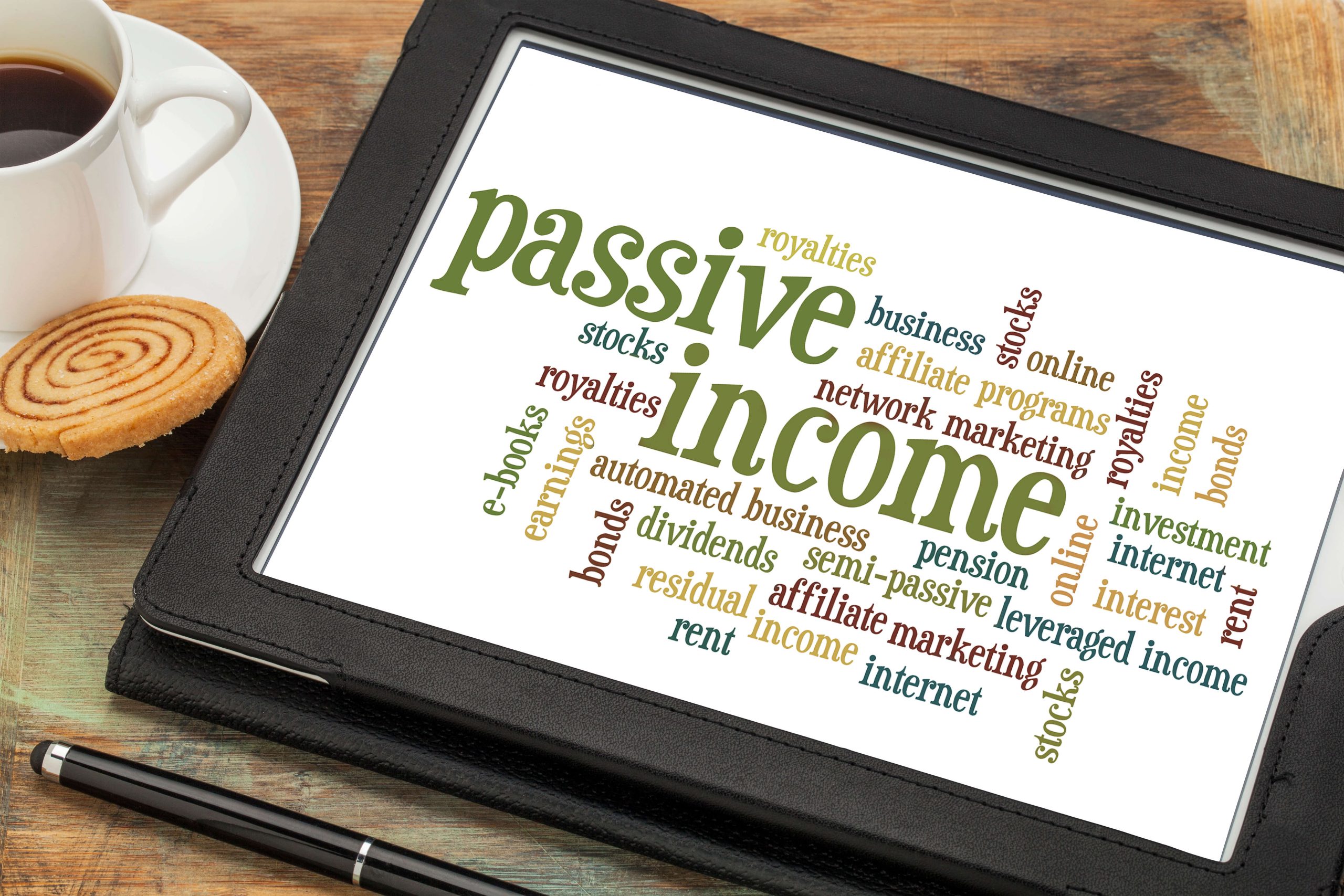
Consider Converting to an S Corporation to Avoid Taxes

For closely held corporations still taxed as C corporations, the opportunities to avoid future taxes should be considered.
When converting a C corporation to an S corporation there are a number of tax issues that must be addressed.
C corporation vs. S corporation tax rates
A C corporation is taxed on its taxable income at federal rates up to 35%. Distributions of qualified dividends to individual shareholders are taxed again at a federal rate as high as 23.8% (the tax rate on qualified dividends is 15% or 20%, depending on certain adjusted gross income thresholds with an additional 3.8% surtax on net investment income for taxpayers with adjusted gross income over certain thresholds).
If a business elects to be taxed as an S corporation, there is only one level of taxation, at the shareholder level.
Generally, items of income, deduction, gain or loss from a pass-through entity pass through to its owners, while the entity itself is not subject to tax. The S corporation may therefore be favorable as it avoids double taxation.
Not every C corp is eligible
Not every C corporation is eligible to elect to be taxed as an S corporation. The current S corporation eligibility requirements are as follows:
- No more than 100 shareholders
- Shareholders who are all individuals (there are exceptions for estates, trusts and certain tax exempt organizations)
- No nonresident aliens as shareholders
- Only one class of stock
Mechanics of election
The S election requires the unanimous consent of the shareholders and is effective for any year if made in the prior year or on or before the fifteenth day of the third month of the year. Some states, such as New York and New Jersey, require a separate election be filed, while some states follow the Federal tax classification.
Built-in gains
The excess of the fair market value of the assets over their adjusted basis at the time of the S election is considered “built-in gain.” If any of this built-in gain is recognized during the 5-year period beginning with the first tax year for which the corporation was an S corporation, such gains remains subject to corporate-level tax. Any appreciation of assets that occurs post-S corporation election, is subject to only one level of taxation.
Here’s an example:
XYZ, Inc., a C corporation, was converted to an S corporation on January 1, 2017. On the date of the conversion, it owned real estate with a fair market value of $3 million and an adjusted basis of $2 million. The corporation’s net unrealized built-in gain would be $1 million. If the corporation had taxable income of $1.5 million and sold the real estate asset in 2019, the corporation would be subject to the built-in gains tax of $350,000 ($1 million x 35%). However, if the built-in gain assets were sold in 2023, the built-in gains tax would be a non-issue (zero built-in gain tax), since the fifth year of the recognition period passed.
For more about real estate and C corps, see my post Do You Hold Real Estate in a C Corporation?
Excess passive investment income
If an S corporation was previously a C corporation, it may have accumulated Earnings & Profits (“E&P) from years when it was a C corporation. A potential problem for an S corporation with E&P is the passive investment income tax.
If gross passive investment income (which includes income from interest, dividends, and certain rents) exceeds 25% of gross receipts, the corporation may be subject to tax on its net passive investment income. This is fairly common when a taxpayer makes an S election for a C corporation that owns rental real estate. In a year where an S corporation has both E&P and excess passive investment income, some of the excess net passive investment income may be subject to the tax at the highest corporate income tax rate. This does not apply to a year in which there is no taxable income.
The S corporation will still have a problem if there is no taxable income and the passive investment income tax does not apply. If the S corporation has both E&P and excess passive investment income for three (3) consecutive tax years, the S corporation status is revoked on the first day of the fourth year.



